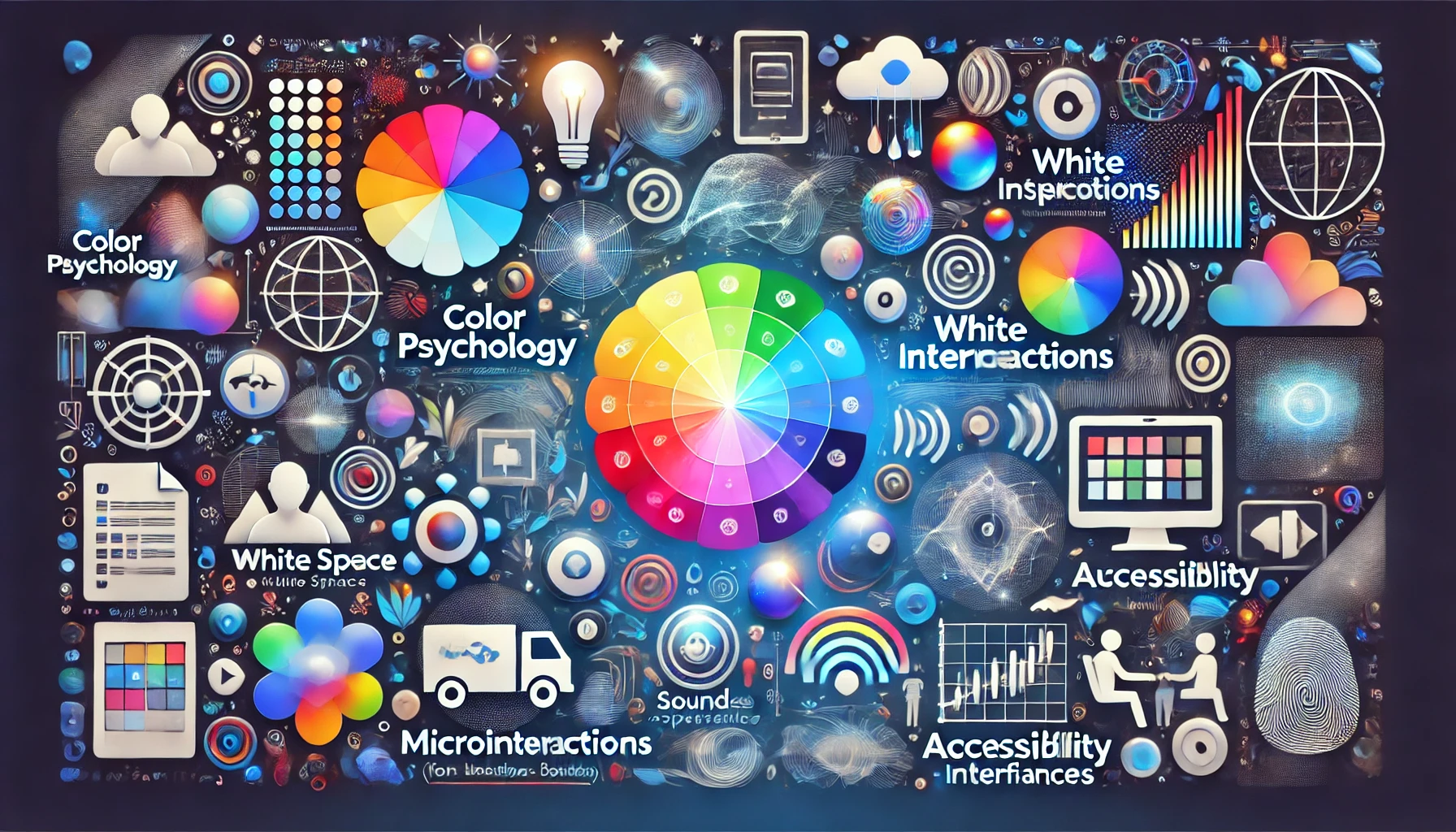Introduction
The first impression of your website can be the difference between a bouncing visitor and a lasting engagement. But is it just about the looks?
This article uncovers six unconventional dimensions of website design that transcend traditional principles, pushing the boundaries of user experience, functionality, and creativity.
The Psychology of Color – Crafting Emotional Connections
Understanding color psychology is essential to grasp how colors influence user emotions and behaviors. Different hues evoke different feelings and can guide decisions—like trust with blue, excitement with red, and tranquility with green.
For instance, brands like Coca-Cola strategically use red to instigate excitement, while companies like Facebook employ blue to convey trustworthiness. These examples highlight how effective color palettes can forge emotional bonds with users.
To select a color scheme that aligns with your brand identity and audience aspirations, consider conducting audience research, using color theory resources, and testing various palettes to see which resonates best.
The Art of White Space – Breathing Room for Creativity
White space, often viewed merely as a minimalist element, actually plays a critical role in enhancing readability and user navigation. It allows visual elements to breathe, guiding users’ eyes to what’s important without overwhelming them.
A comparison of websites that leverage white space ingeniously—like Apple’s clean product pages—versus those that overcrowd with text and images—such as cluttered e-commerce sites—reveals the profound impact on user experience.
To incorporate white space effectively, aim for a balanced layout, prioritize critical content, and make use of margins and padding, thus creating a more inviting and readable design.
Microinteractions – The Subtle Art of Engagement
Microinteractions are the little actions that create significant impacts, including subtle hover effects and feedback animations. Although often unnoticed, these elements engage users and enhance their interactions with the site.
The science behind these interactions indicates that cognitive engagement rises with thoughtful microinteractions, prompting users to remain engaged and interact more deeply.
Successful applications of microinteractions can be seen in popular websites and apps like Facebook, where notifications and feedback messages catch users’ attention in meaningful ways.
Soundscapes – Designing for the Ears
The role of sound in web design extends beyond mere enhancement; it can shape user experiences in memorable ways. Auditory elements can accentuate functionalities and set an overall ambiance while guiding users through interactive experiences.
Surprising applications of sound can be found on websites that utilize subtle sound effects as notifications or even background music, creating a more immersive experience for users. Examples include platforms like Medium that integrate low-key ambiance to keep readers engaged.
When creating your sound design, consider relevance, volume, and emotional resonance, striving for audio elements that complement your website’s theme and enhance user interactions without becoming distracting.
Accessibility Trends – Inclusive Design for All
Understanding the importance of accessibility highlights why making your website accessible is not just a legal requirement but a moral necessity. Inclusive design ensures all users, regardless of abilities or disabilities, can enjoy navigating your site.
Emerging trends in accessible web design include innovative practices like voice navigation and ARIA landmarks, which enhance the experience for users reliant on assistive technologies.
Numerous resources are available to streamline accessibility auditing, such as the Web Content Accessibility Guidelines (WCAG) and various testing tools, helping designers ensure their sites cater to all users.
Futuristic Interfaces – Anticipating Design Trends
Speculative design invites an exploration into the possibilities brought forth by AI and machine learning, which have begun to redefine custom user experiences (UX). These advanced technologies offer unique opportunities to tailor interfaces based on user behavior and preferences.
Among the trends on the horizon are transformative elements like voice interfaces and augmented reality, which hold the potential to fundamentally change how users interact with web content.
To stay ahead of the curve, consider integrating these futuristic elements strategically into your design, experimenting with relevant technologies that align with your brand vision and user expectations.
Closing Thoughts
In summation, the unconventional dimensions discussed, from color psychology to futuristic interfaces, highlight their importance in contemporary web design. Each plays a vital role in creating a more engaging, functional, and inclusive experience for users.
We encourage you to experiment with your website designs by adopting one or more of the innovative strategies outlined herein.
Additionally, share your experiences, thoughts, or questions in the comments section to foster a vibrant community discussion!
